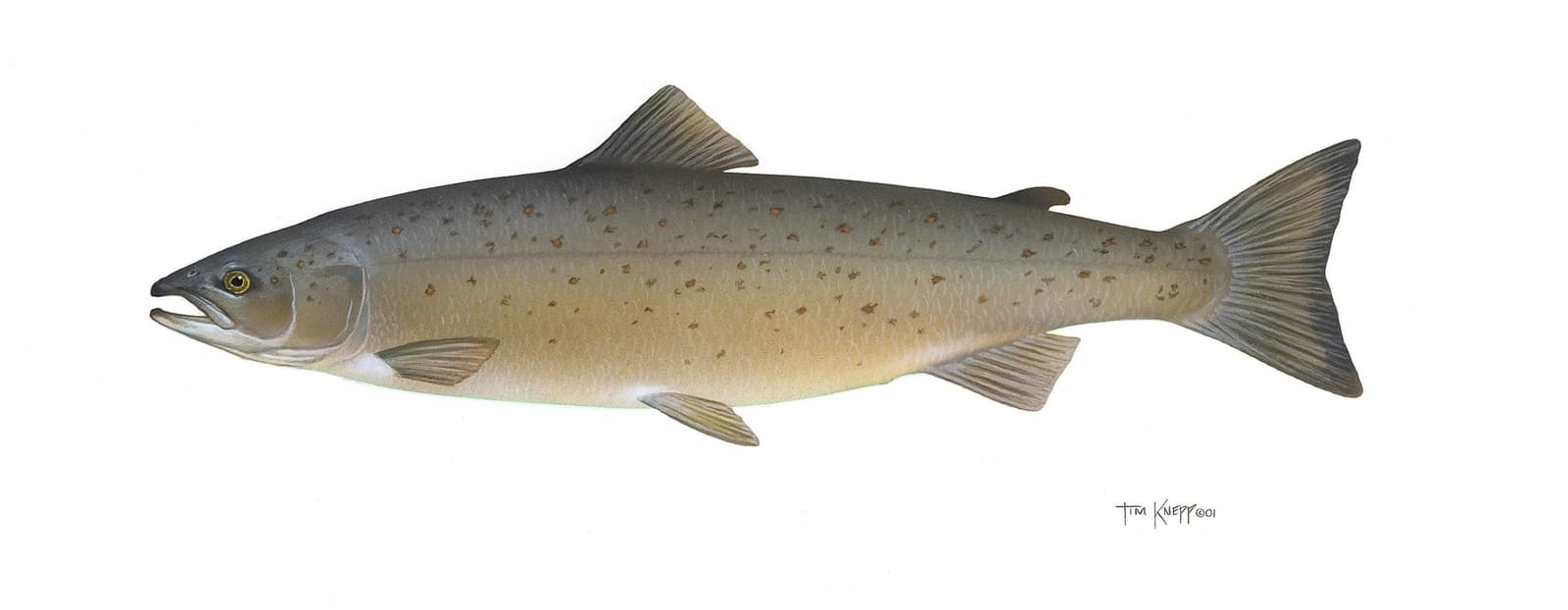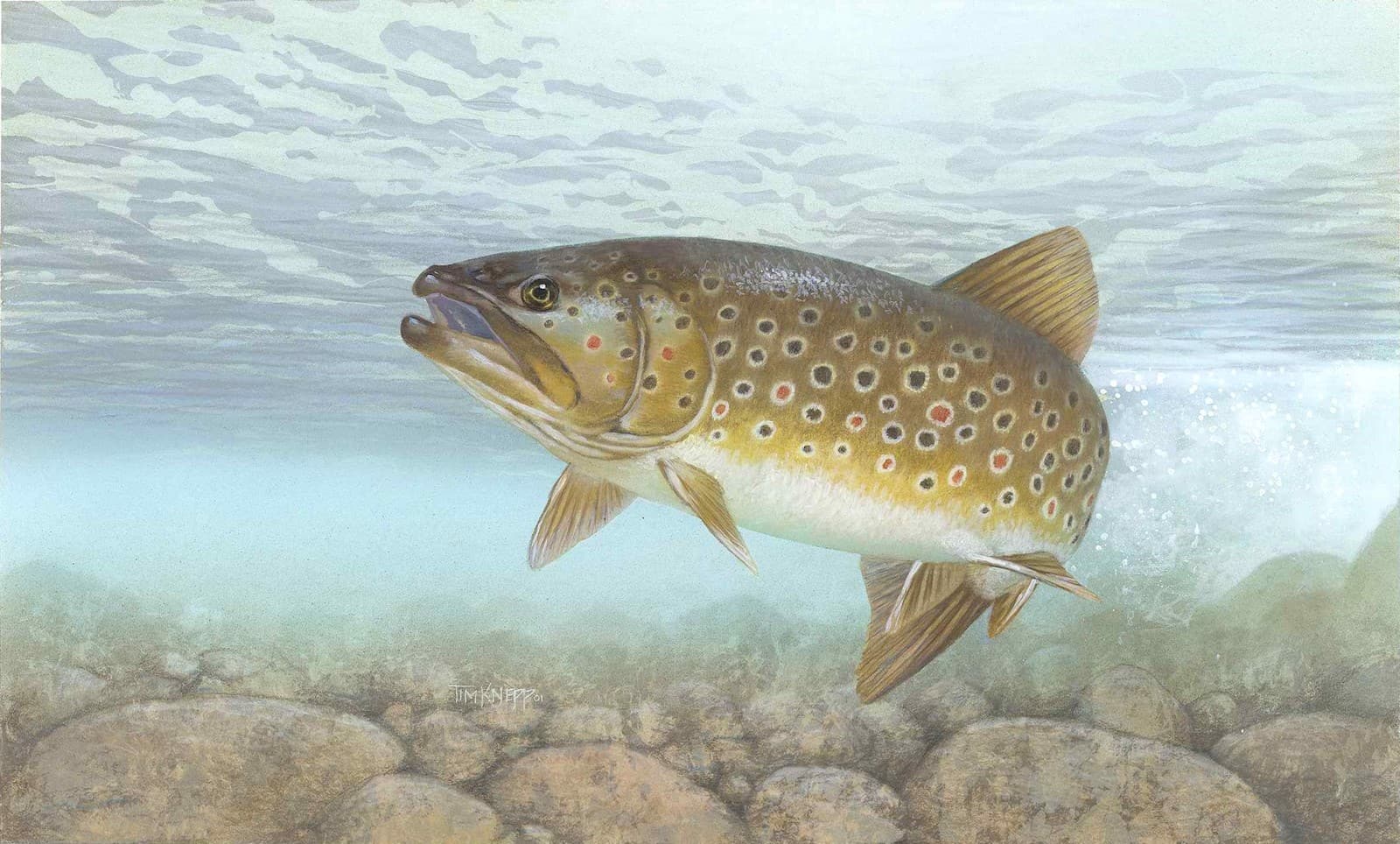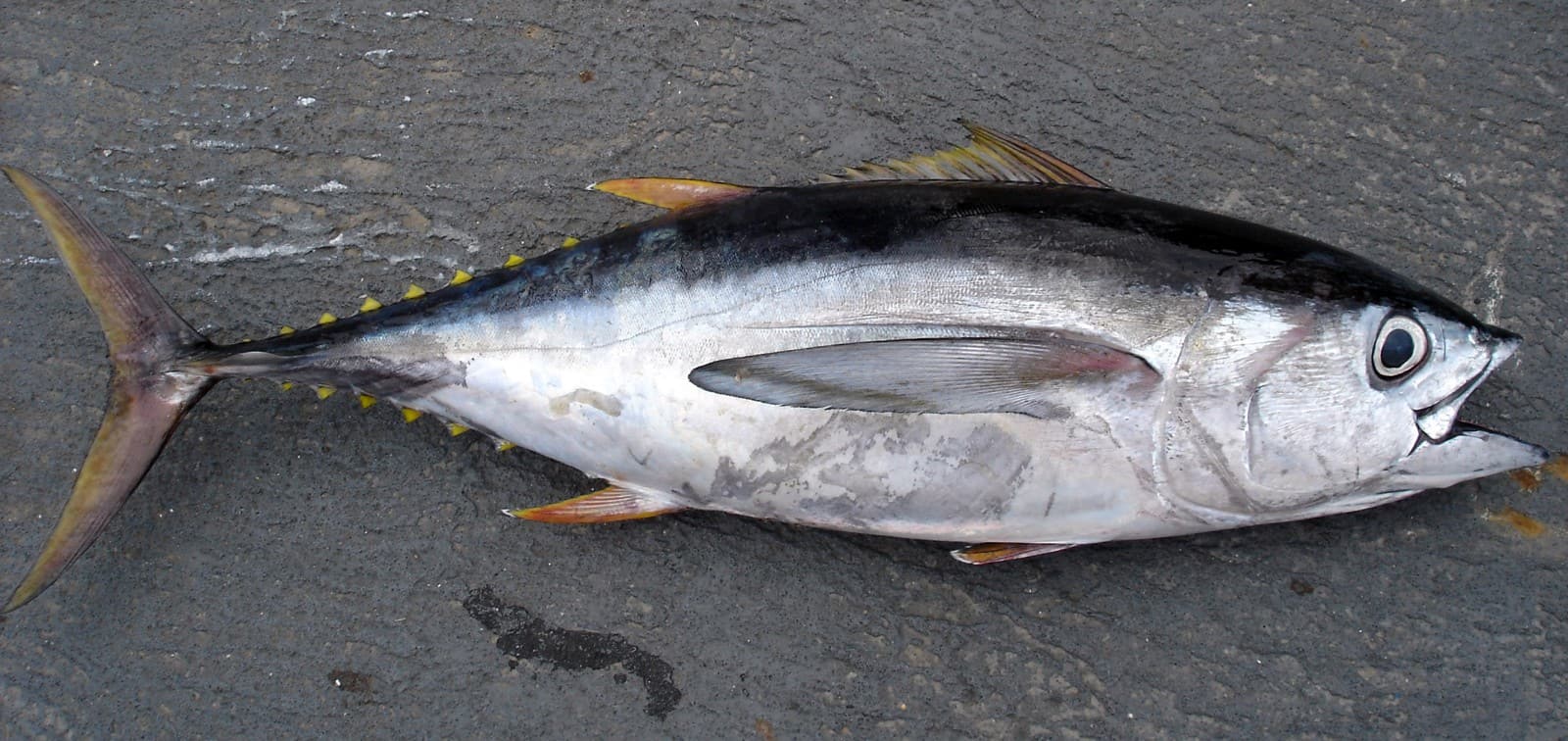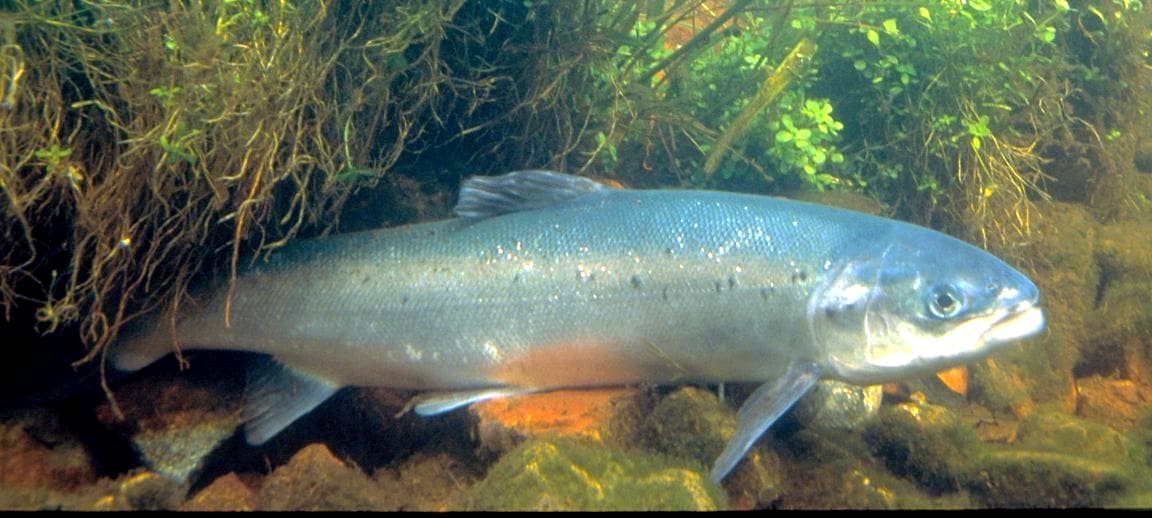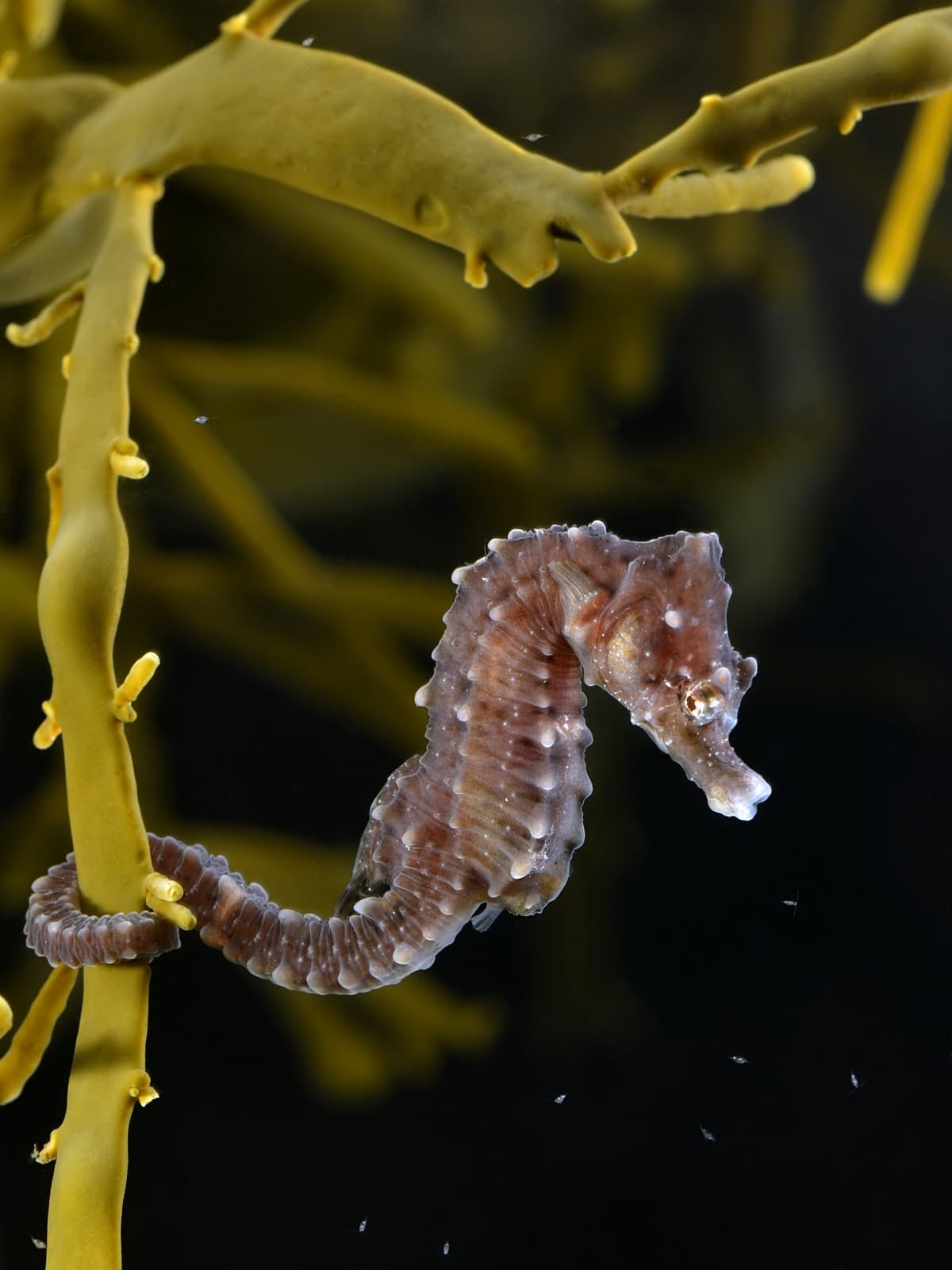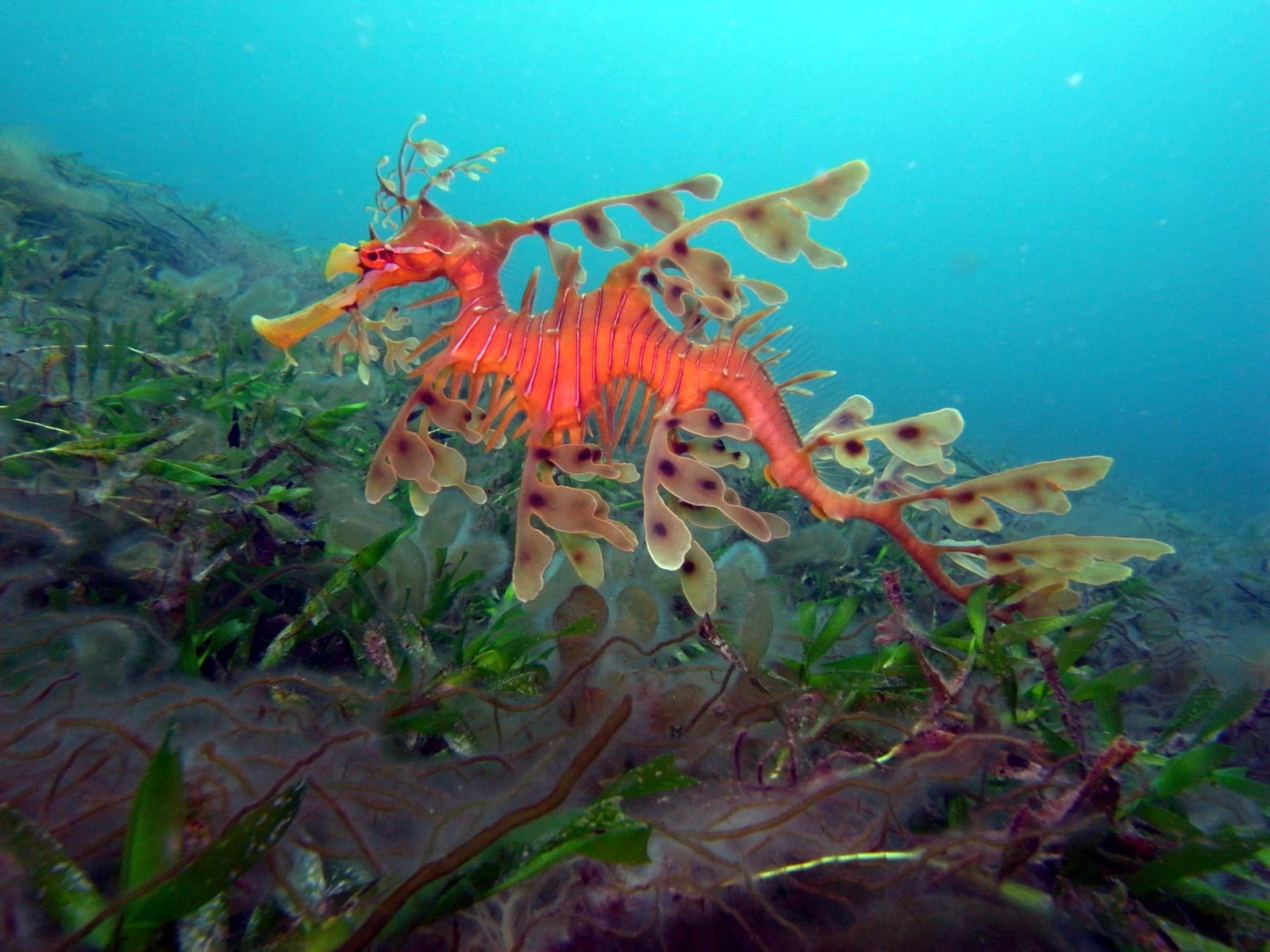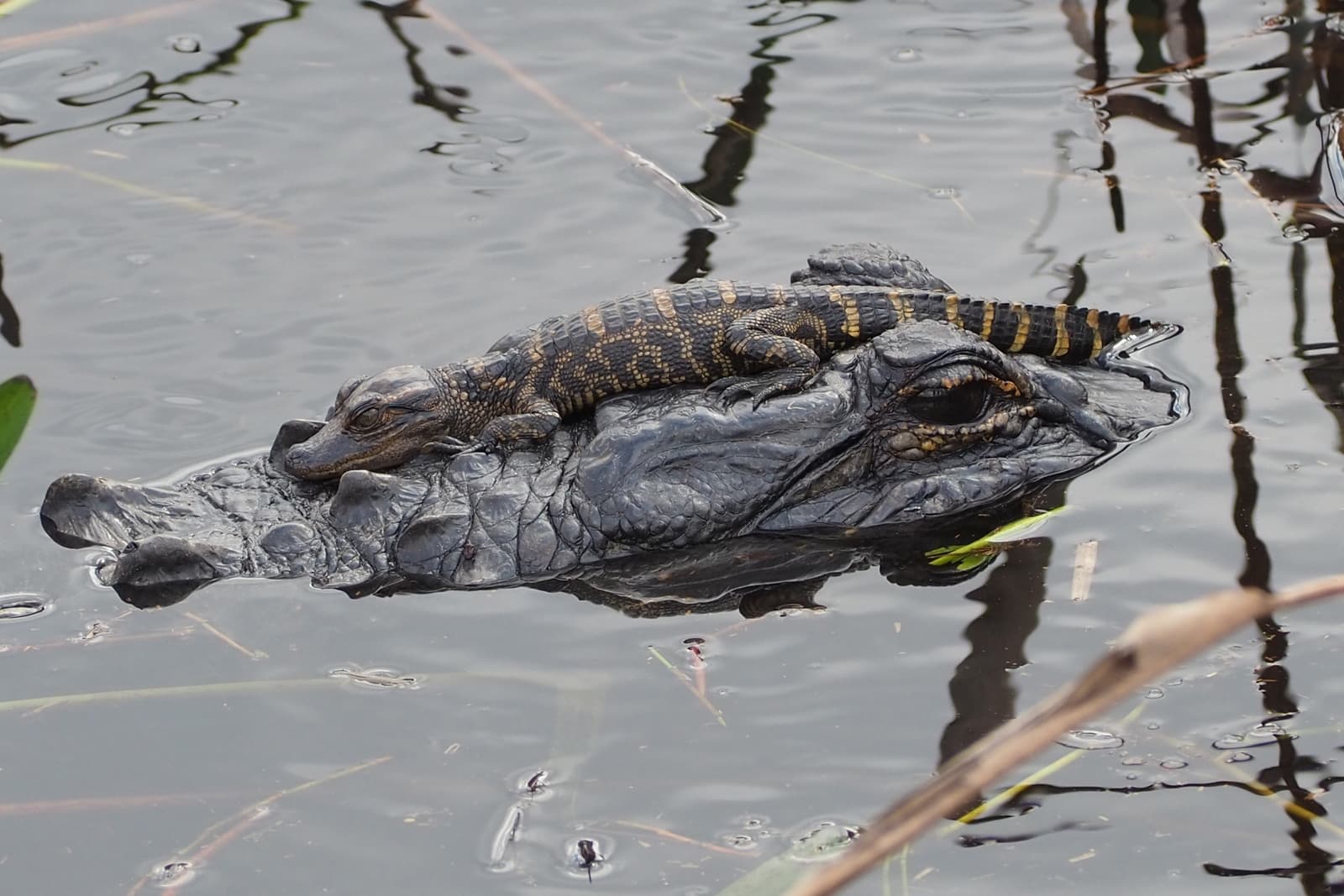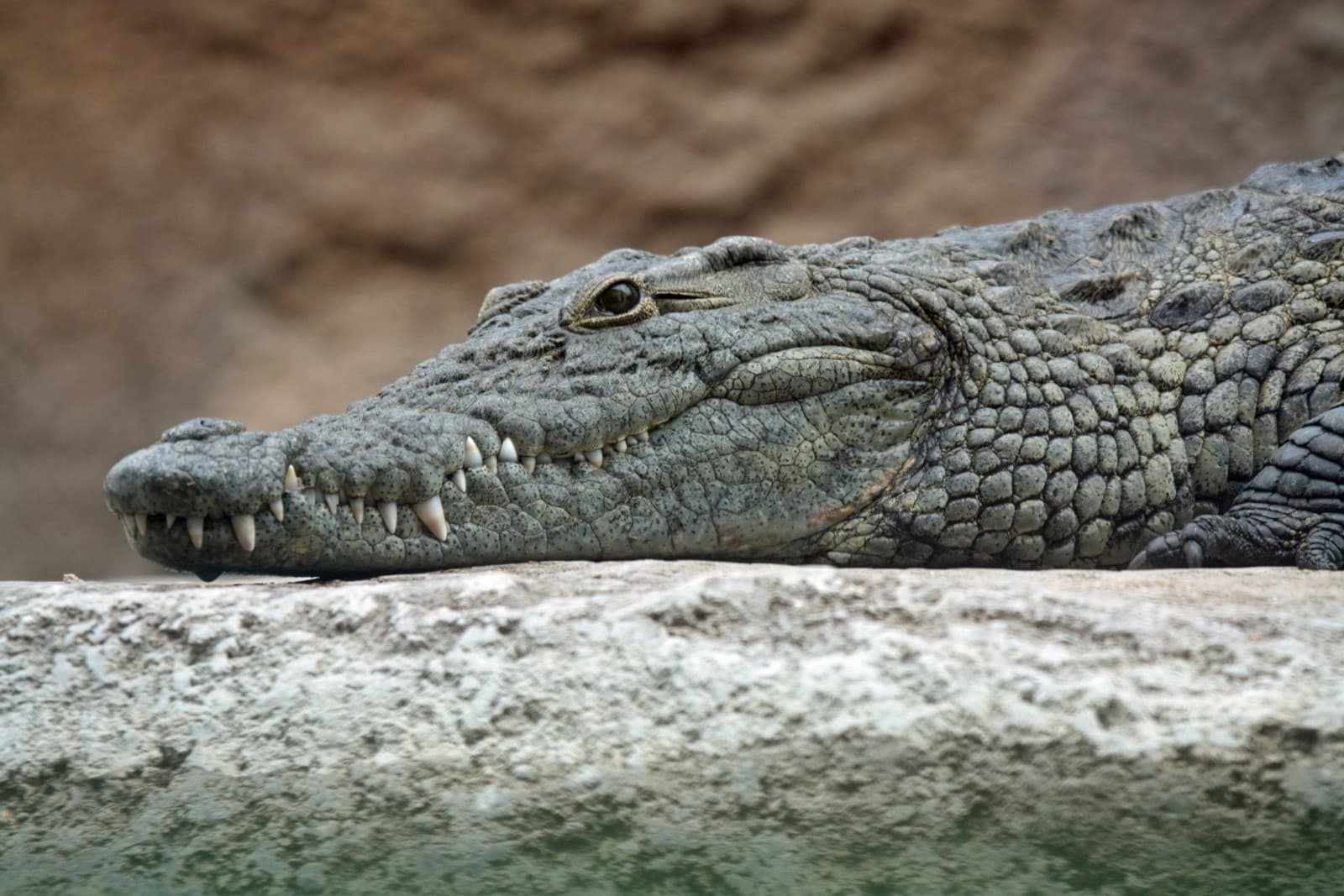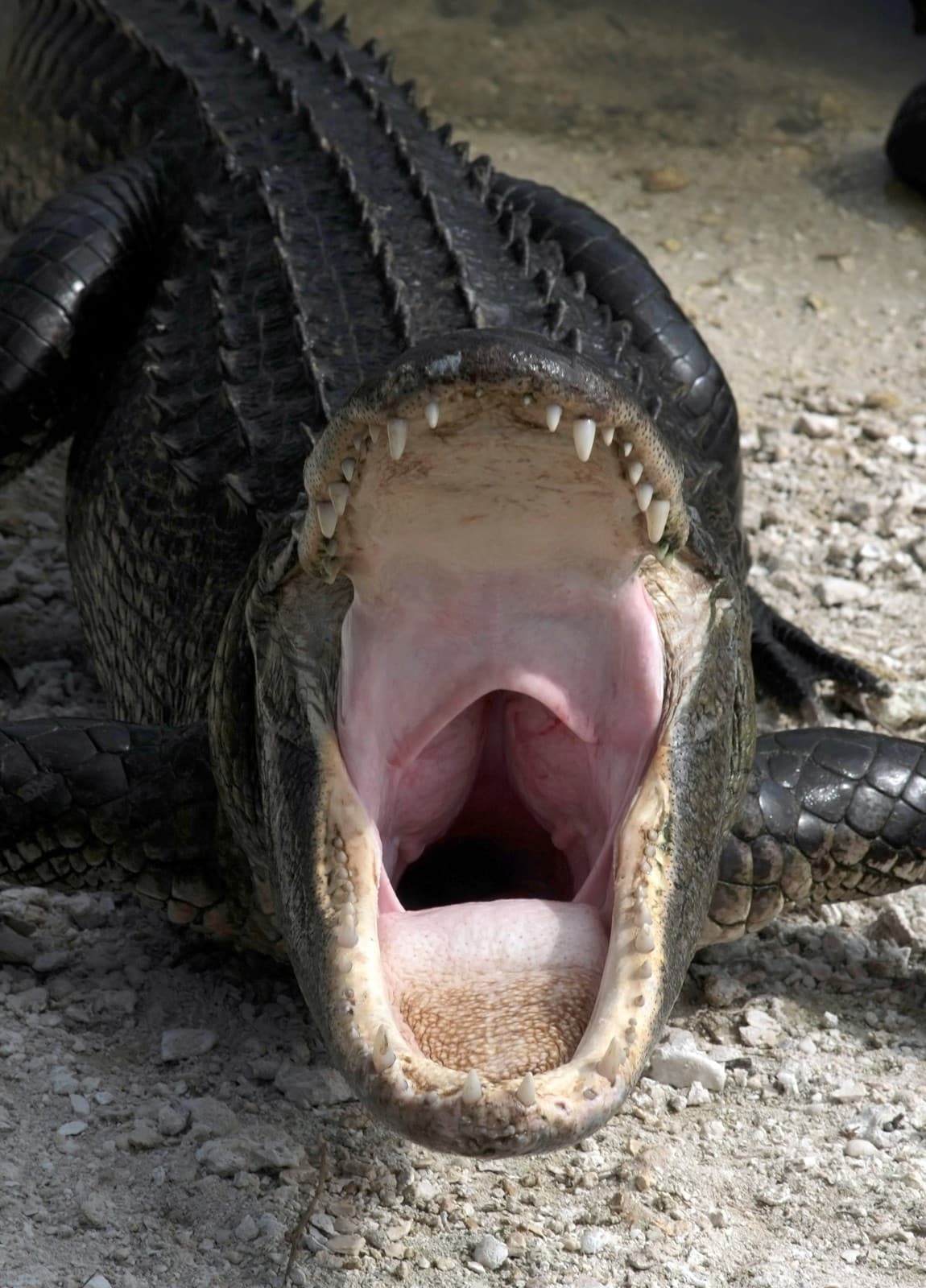Steelhead vs Salmon: A Complete Comparison
While Steelhead and Salmon might appear similar at first glance, these remarkable fish species possess distinct characteristics that set them apart. The key difference lies in their life cycles: Steelhead can spawn multiple times throughout their lives, while most Salmon species die after a single spawning event. Steelhead typically reach lengths of 20-30 inches (50-76 cm), whereas Pacific Salmon species can grow up to 58 inches (147 cm) depending on the variety.
From my decades documenting these magnificent fish in the Pacific Northwest, I’ve observed that the confusion between Steelhead and Salmon stems from their shared anadromous nature – both species migrate from ocean to freshwater to spawn. However, their biological classifications, behaviors, and survival strategies reveal fascinating distinctions that make each species unique.
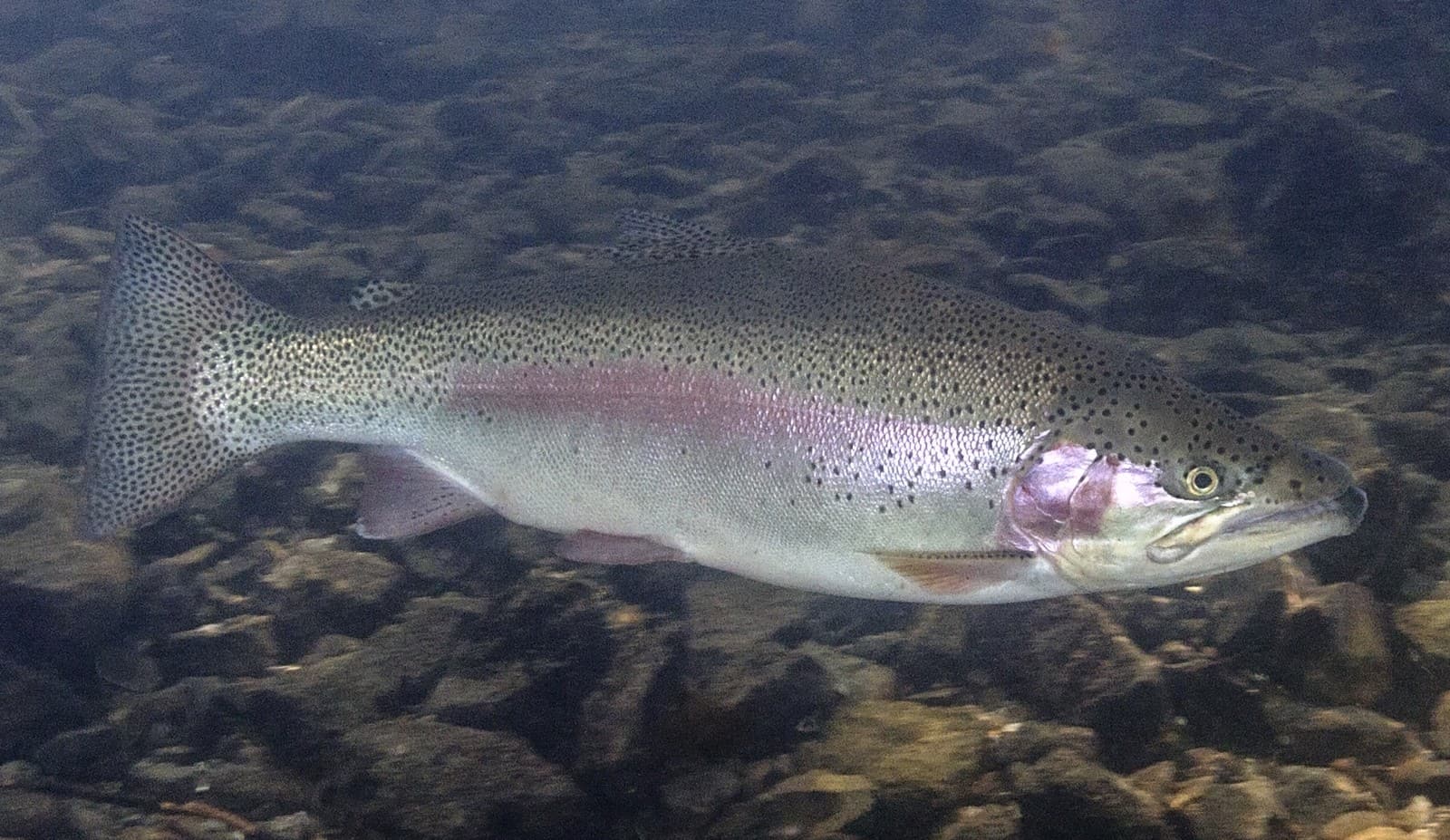
A magnificent Steelhead displays its characteristic silvery coloration and spotted pattern, demonstrating the streamlined form that makes these fish such powerful swimmers in both ocean and river environments.
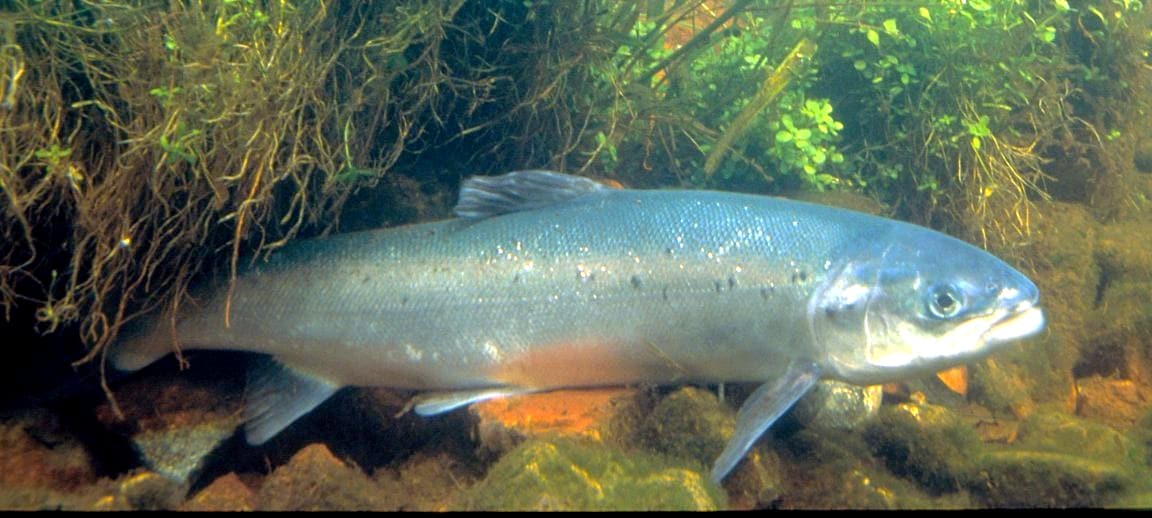
An Atlantic Salmon showcases its robust build and distinctive coloring, highlighting the larger size and broader body shape typical of salmon species compared to their Steelhead cousins.
Key Differences Between Steelhead and Salmon
| Feature | Steelhead | Salmon |
|---|---|---|
| Scientific Classification | Rainbow Trout (Oncorhynchus mykiss) | Various species (Oncorhynchus spp.) |
| Spawning Behavior | Multiple spawning events possible | Die after single spawning |
| Average Size | 20-30 inches (50-76 cm) | 28-58 inches (71-147 cm) |
| Weight Range | 8-15 lbs (3.6-6.8 kg) | 10-50 lbs (4.5-22.7 kg) |
| Lifespan | Up to 11 years | 2-8 years |
| Habitat Range | Pacific and Great Lakes regions | Pacific and Atlantic regions |
Life Cycle Differences
The most striking distinction between Steelhead and Salmon lies in their reproductive strategies. Steelhead, technically a species of Rainbow Trout, can return to the ocean after spawning and repeat the cycle multiple times. In contrast, Pacific Salmon species undergo dramatic physical changes during spawning that lead to their death shortly after reproduction.
Physical Characteristics
Size and Appearance
Steelhead typically maintain a more streamlined, torpedo-shaped body throughout their lives. Their coloration remains relatively consistent, featuring a silvery body with black spots and a pink to red lateral stripe. Salmon, depending on the species, undergo dramatic color changes during spawning, developing distinctive hump backs, hooked jaws, and brilliant red or green hues.
Fighting Ability
When it comes to fighting strength, both species are legendary among anglers. Steelhead are renowned for their explosive runs and aerial acrobatics, while Salmon, particularly Chinook, are celebrated for their raw power and endurance. A 15-pound Steelhead often provides a more dynamic fight than a Salmon of equal size due to their higher energy reserves and athletic build.
Habitat and Distribution
Both species inhabit similar ranges along the Pacific coast, but their distributions differ significantly:
-
Steelhead are found primarily in:
- Pacific Coast streams
- Great Lakes system
- Select cold-water tributaries
-
Salmon species occupy:
- Pacific Ocean watersheds
- Atlantic Ocean regions
- Arctic drainage systems
Conservation Status
Both Steelhead and Salmon face significant conservation challenges in the modern era. Wild populations have declined due to:
- Habitat degradation
- Dam construction
- Climate change impacts
- Overfishing pressures
Conservation efforts focus on habitat restoration, dam removal, and sustainable fishing practices to protect these iconic species for future generations.
Culinary Differences
While both fish are prized for their flavor, they offer distinct culinary experiences:
-
Steelhead flesh is typically:
- Lighter in color
- Milder in flavor
- More similar to Rainbow Trout
-
Salmon meat features:
- Deeper orange-red color
- Richer, more robust flavor
- Higher oil content
Conclusion
The Steelhead vs Salmon comparison reveals two remarkable species that, despite their similarities, have evolved distinct strategies for survival. Understanding these differences not only enhances our appreciation for these magnificent fish but also helps inform conservation efforts crucial for their continued existence in our watersheds.
